Situated in the harsh territory of Ladakh, Basgo Monastery is a historic building which stands as a great example of architecture and culture. This structure was constructed in the beginning of the 15th century and it is one of those architectures that depicts the Buddhist culture of Ladakh. Renowned for its celebrated paintings, startling murals and the towering figures of the Maitreya Buddha, Basgo is included in the list of one hundred most endangered monuments in the world. Located on a high ridge, the monastery effectively provides the guests with an amazing outlook of the surrounding vast barren land.
Location
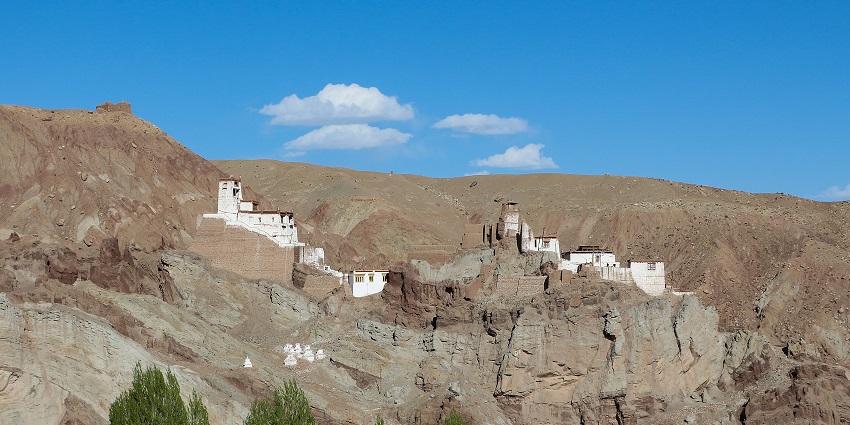
Photo: Bernard Gagnon / Wikimedia Commons
Basgo Monastery is located in the picturesque Basgo village, approximately 40 kilometres west of Leh, the capital of Ladakh. Nestled in the Himalayas, it sits at an altitude of around 3,200 metres, providing stunning views of the surrounding landscape. This historical site, built in the 15th century, reflects the rich cultural heritage of the region and is easily accessible via the Leh-Srinagar Highway.
Suggested Read: Places To Visit In Ladakh
How To Reach
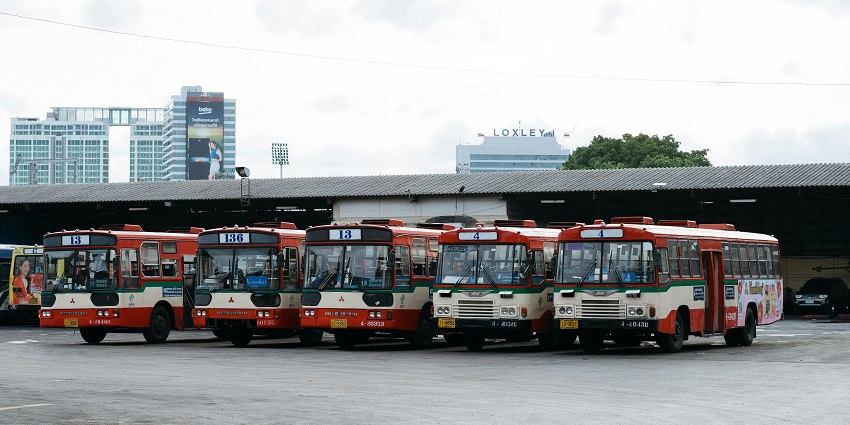
Photo: Markus Winkler / pexels / Image For Representation Only
By Road: The most convenient way to reach Basgo Monastery is by road. Travellers can hire taxis from Leh, which is a 40 km drive along the Leh-Srinagar Highway.
By Rail: Currently, there is no rail access available for Ladakh. Jammu Tawi is the nearest railway station with a distance of approximately 700 km. Once in the station there are plenty of taxis and other local hiring options to reach Basgo.
By Air:The closest airport is Kushok Bakula Rimpochee Airport in Leh, approximately 40 km from Basgo Monastery. Daily flights from major Indian cities such as Delhi and Srinagar operate to Leh.
Places To Visit Near Basgo Monastery
1. Alchi Monastery
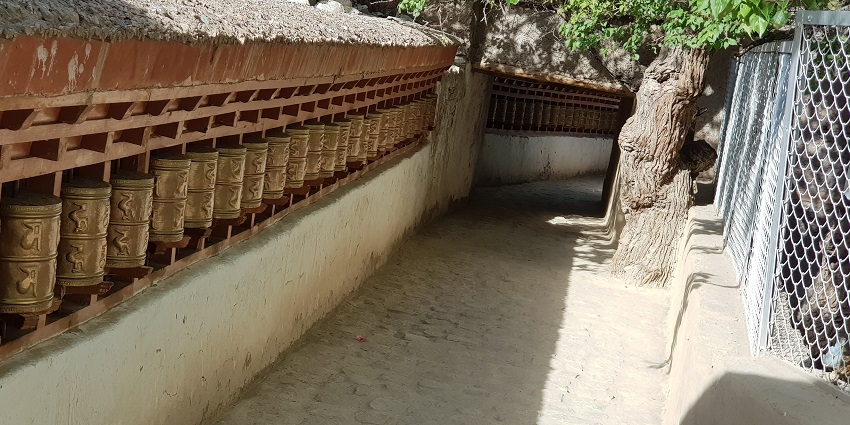
Photo: Drporwal / Wikimedia Commons
Alchi Monastery, located 17 km from Basgo, is one of the oldest and most significant Buddhist monasteries in Ladakh. Founded in the 10th century, it is renowned for its unique Indo-Tibetan architectural style, featuring intricately painted murals and wooden sculptures. The monastery complex includes the UNESCO-recognized Sumtseg Temple, showcasing stunning Buddhist art and culture. Alchi’s serene environment and historical significance make it a popular destination for both pilgrims and tourists. Visitors often marvel at its preserved relics and rich artistry, reflecting the spiritual heritage of the region.
Location: 65FG+F3F, Alchi, Ladakh
Best Time To Visit: May to September
Entry Fees: ₹100
Suggested Read: Places To Visit In Leh For A Refreshing Retreat In Nature’s Lap
2. Likir Monastery

Photo: Meridius27 / Wikimedia Commons
Likir Monastery, located 21 km from Basgo, is one of the oldest monasteries in Ladakh, founded in the 11th century. Nestled in a stunning landscape, it is famous for its impressive 25-meter statue of Maitreya Buddha, symbolising compassion and hope. The monastery serves as a vital centre for Buddhist learning and features beautiful murals and thangkas that depict Buddhist teachings. Likir’s serene environment and spiritual atmosphere make it a popular destination for both pilgrims and tourists seeking insight into Ladakh’s rich cultural heritage.
Location:76V8+72H, Likir, 194101
Best Time To Visit: June to September
Entry Fees: ₹100
3. Indus River Confluence
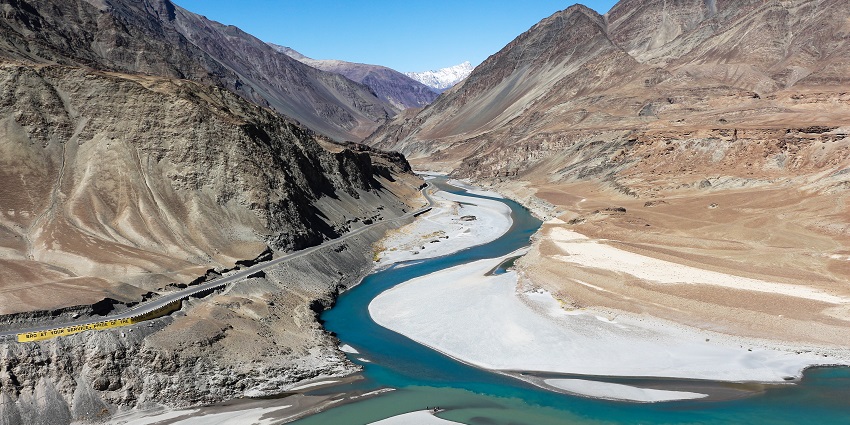
Photo: Bernard Gagnon / Wikimedia Commons
The Indus River Confluence, located just 15 km from Basgo, is a stunning natural wonder where the Zanskar River merges with the Indus River. The confluence is notable for the striking contrast between the two rivers’ colours—blue from the Zanskar and green from the Indus—creating a picturesque scene. This mesmerising phenomenon draws numerous tourists and photographers, providing an ideal spot for relaxation and reflection. The area is rich in natural beauty and offers panoramic views of the surrounding mountains, making it a must-visit for anyone travelling through Ladakh.
Location: Zanskar,Ladakh
Best Time To Visit: May to September
Entry Fees: Free
Suggested Read: Top Places To Visit In Nubra Valley
4. Magnetic Hill
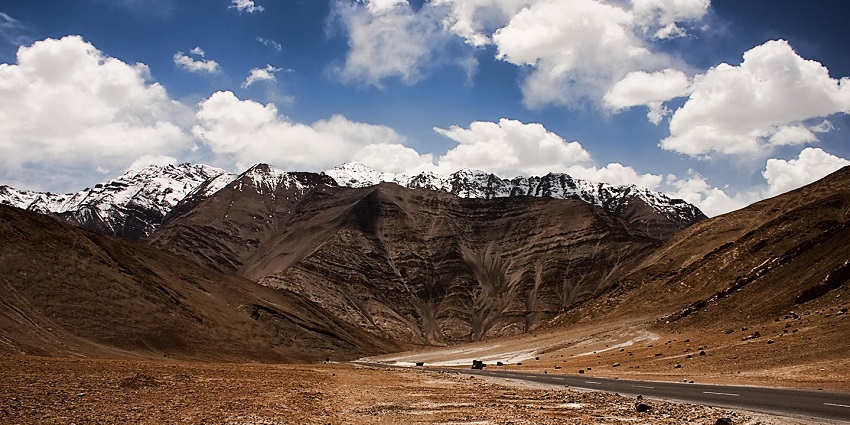
Photo: Kartikey Brahmkshatriya / Wikimedia Commons
Magnetic Hill, located approximately 18 km from Basgo, is a fascinating optical illusion where vehicles seem to roll uphill against gravity. This unique phenomenon draws numerous visitors and travellers along the Leh-Srinagar Highway, who stop to experience this captivating site. The area is surrounded by breathtaking landscapes, making it an ideal spot for photography and exploration. The hill’s magnetic properties have become a popular tourist attraction, with many locals sharing legends about its mysterious nature.
Location: Leh district, Ladakh
Best Time To Visit: June to September
Entry Fees: Free
5. Nimmu Village

Photo: Timothy A. Gonsalves / Wikimedia Commons
Nimmu Village, located just 10 km from Basgo, is a charming Ladakhi settlement that offers a glimpse into traditional rural life. Nestled at the confluence of the Indus and Zanskar rivers, it features picturesque landscapes and opportunities for travellers to experience local hospitality. Visitors can explore heritage homes, sample traditional cuisine, and enjoy the tranquillity of the surrounding apple orchards. The village is also an excellent base for trekking and outdoor activities, making it ideal for nature lovers and adventure enthusiasts.
Location: Leh district, Ladakh
Best Time To Visit: May to September
Entry Fees: Free
Suggested Read: Enhance Your Vacation With These Things To Do In Ladakh
Where To Stay
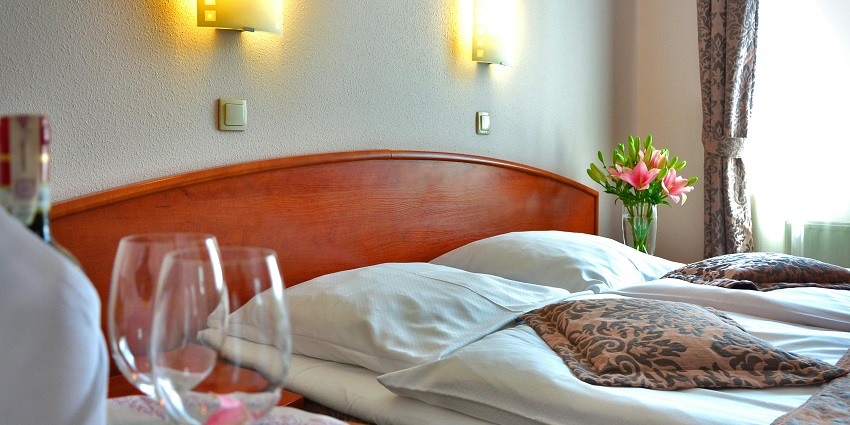
Photo: AS Photography / Pexels / Image For Representation Only
Basgo itself offers limited accommodations, so most travellers choose to stay in Leh, just 40 km away. Leh boasts a wide range of options, from luxury hotels to budget guesthouses. Popular choices include The Grand Dragon Ladakh, a high-end hotel known for its comfort and stunning views. For budget-friendly stays, Shanti Stupa Guesthouse or Tukchu Homestay offer cosy environments with traditional Ladakhi hospitality.
Where To Eat
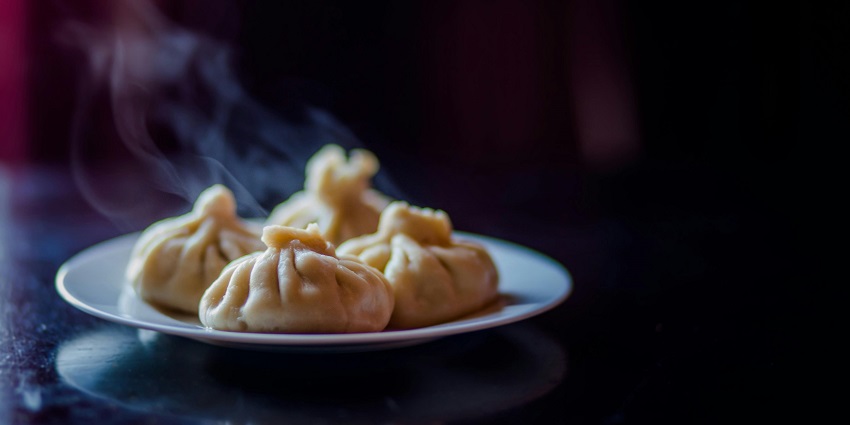
Photo: Natalie Bond / Pexels / Image For Representation Only
Even though there are a couple of local restaurants by the roadside in Basgo, the majority of food joints are located in Leh. You can get food from authentic Tibetan, Chinese to continental food in Leh. Some of these are Gesmo Restaurant which has been famous for Tibetan momos and thukpa and Lamayuru Restaurant which offers Indian and continental meals. For those people wanting a local style restaurant, The Tibetan Kitchen will provide the direct taste of Ladakh.
Suggested Read: Things To Do In Leh To Seek Adventure And Beauty
Best Time To Visit
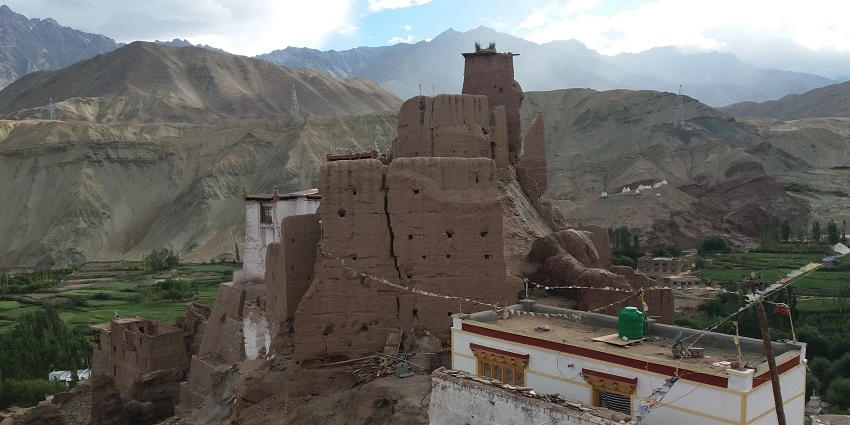
Photo: Yann Forget / Wikimedia Commons
The best time to visit Basgo Monastery is from late spring to early autumn, particularly between May and September. During these months, the weather is generally pleasant, with daytime temperatures ranging from 15°C to 25°C, making it ideal for exploring the monastery and its surroundings. The vibrant colours of the landscape and the blooming flowers enhance the natural beauty of the region.
Other Factors To Consider
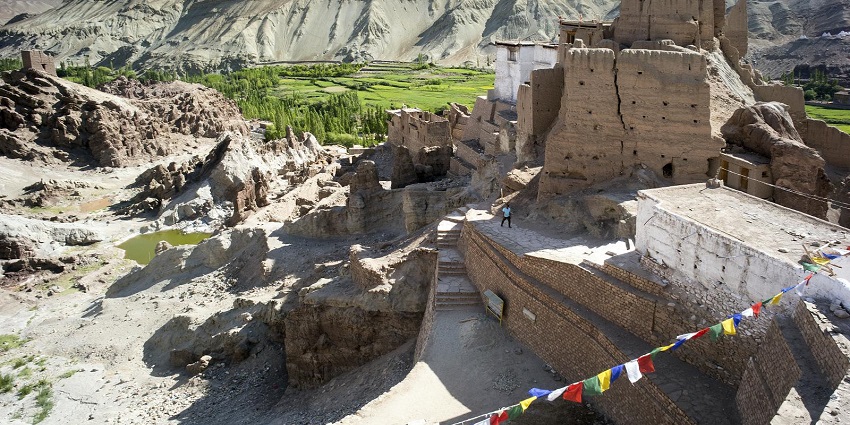
Photo: Christopher Michel / Wikimedia Commons
When visiting Basgo Monastery, keep in mind the high altitude (3,200 metres). It is essential to acclimatise in Leh for at least 24 hours to avoid altitude sickness. The entry fee is ₹100 for adults and ₹50 for children, and the monastery is open daily from 8 AM to 6 PM. Carry warm clothes even in summer, as temperatures can drop significantly, especially in the evenings.
Tips For The Travellers
- Acclimatize: Spend at least 24 hours in Leh to adjust to the altitude before visiting Basgo.
- Carry Warm Clothes: Even during the summer, temperatures can drop drastically.
- Hydration: Drink plenty of water to combat altitude sickness.
- Photography: While photography is allowed, avoid flash inside the temples to protect the ancient murals.
Suggested Read: Discover Stok Monastery For A Spiritual Retreat
Basgo Monastery stands as a testament to Ladakh’s rich cultural heritage and spiritual significance. Its stunning architecture, ancient murals, and serene surroundings offer a unique glimpse into the region’s Buddhist traditions. As you explore this ancient site, you’ll not only appreciate its beauty but also connect with the spiritual essence that has attracted visitors for centuries. So, don’t wait further and book your ladakh trip today with TripXL.
Cover Photo: Prof Ranga Sai / Wikimedia Commons


 WhatsApp
WhatsApp
 Twitter
Twitter









